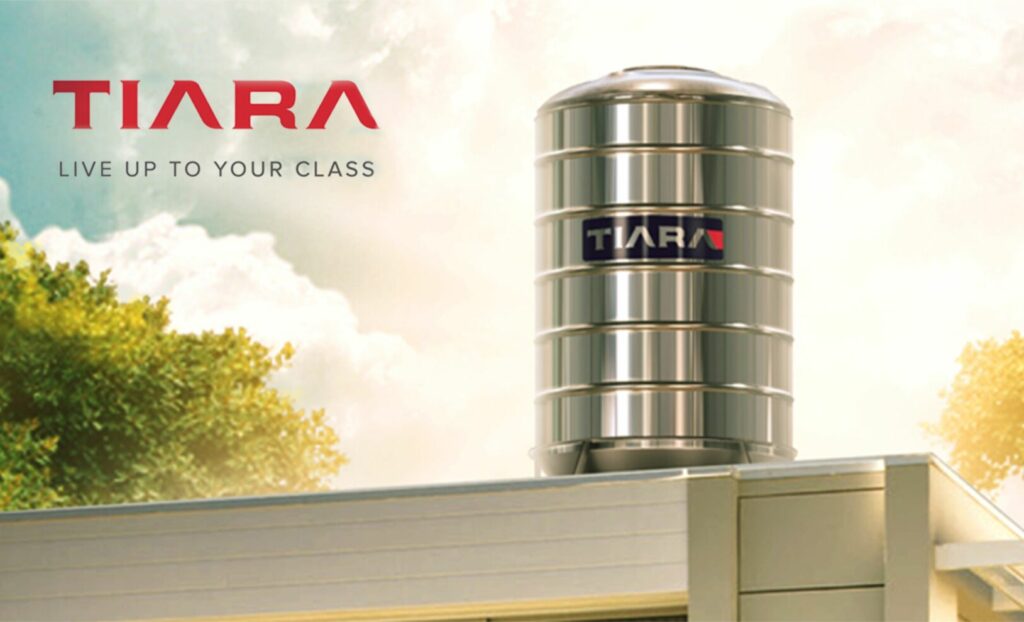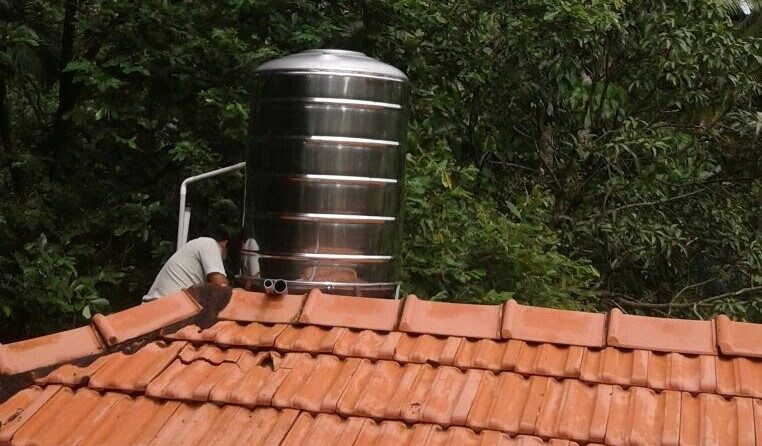
Introduction
Stainless steel tanks are widely regarded as one of the best choices for storing potable water due to their ability to maintain the natural taste and quality of water over time. This quality makes them indispensable in various industries and applications where water purity is paramount. Here’s an exploration of how stainless steel tanks achieve this:
Corrosion Resistance
Stainless steel is well-known for its exceptional resistance to corrosion, which is essential for preserving water quality. Unlike other materials such as concrete or plastic, stainless steel does not corrode or rust easily. This property ensures that the tank remains intact and free from rust particles that could contaminate the water and affect its taste. By preventing corrosion, stainless steel tanks preserve the natural cleanliness and purity of the water stored within them.
Non-Reactive Properties
One of the key advantages of stainless steel is its non-reactive nature. This means that stainless steel tanks do not impart any taste, odor, or color to the water they store. Unlike some plastics or metals that may leach chemicals or flavors into the water under certain conditions, stainless steel remains inert. This inertness ensures that the water maintains its natural taste and does not acquire any undesirable characteristics during storage.
Hygienic Surface Finish
Stainless steel tanks are manufactured with a smooth surface finish, which is not only aesthetically pleasing but also highly functional in maintaining water quality. The smooth surface of stainless steel dwells the growth of bacteria, biofilms, and algae. It is easy to clean and sanitize, ensuring that the tank remains hygienic and free from contaminants that could compromise water taste. This cleanliness contributes significantly to preserving the natural freshness of stored water.

Temperature Regulation
Stainless steel tanks have excellent thermal conductivity, allowing them to maintain water temperature effectively. This property is beneficial for preventing microbial growth, as bacteria thrive in warmer environments. By regulating temperature, stainless steel tanks help preserve water quality and taste consistency. This is particularly important in applications where water is stored for extended periods or where precise temperature control is required.
Durability and Longevity
Stainless steel is widely recognized for its strength and extended lifespan. It is resistant to wear, tear, and damage from external factors such as UV radiation and weather conditions. Stainless steel tanks can withstand harsh environments without deteriorating, ensuring that water quality remains uncompromised throughout their service life. This durability also reduces the need for frequent maintenance or replacement, making stainless steel a cost-effective choice in the long run.
Environmental Sustainability
Choosing stainless steel tanks for water storage contributes to environmental sustainability. Stainless steel is fully recyclable and has a long lifecycle, minimizing waste and reducing the environmental impact associated with manufacturing and disposal. By opting for stainless steel, industries and communities align their water storage practices with sustainable principles, ensuring responsible stewardship of natural resources.
Conclusion
In conclusion, stainless steel tanks excel in preserving the natural taste and quality of water through their corrosion resistance, non-reactive properties, hygienic surface finish, effective temperature regulation, durability, and environmental sustainability. These attributes make stainless steel an ideal choice for storing potable water in various sectors including food and beverage, pharmaceuticals, healthcare facilities, and residential applications. As concerns over water purity and safety continue to grow, stainless steel remains a reliable and trusted solution for maintaining the integrity of stored water, ensuring it retains its natural freshness from storage to consumption.


